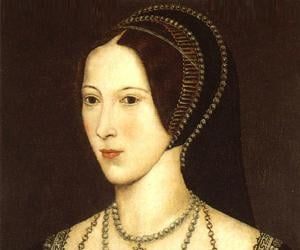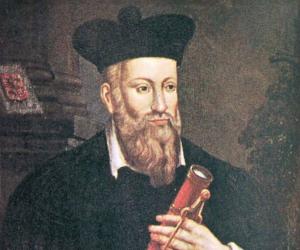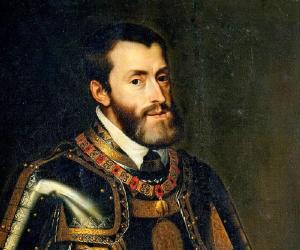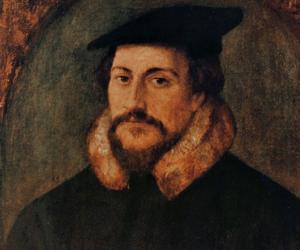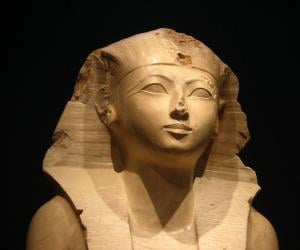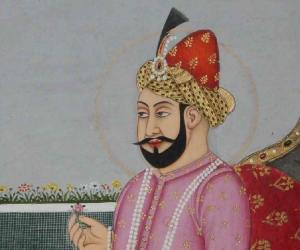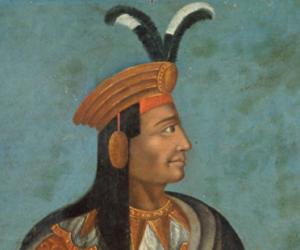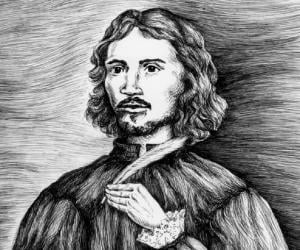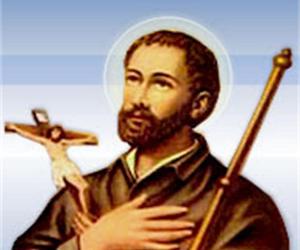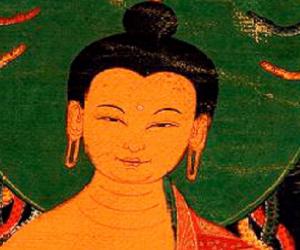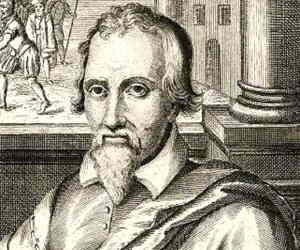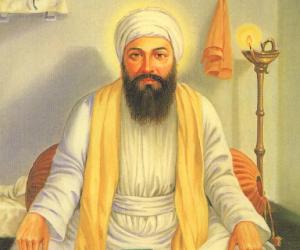The queen of England from 1533 to 1536, Anne Boleyn played an important role in the political and religious upheaval that led to the beginning of the English Reformation. She is widely regarded as the most important and influential queen consort of England. She was charged with adultery, incest, and treason and was executed by beheading in 1536.
Nostradamus was a French physician, astrologer, and respected seer whose book Les Prophéties is viewed as a document that predicts future events. Since the publication of the book, Nostradamus has been praised for his accurate predictions of major world events. His life has been the subject of several films and hundreds of books.
Charles V served as the Holy Roman Emperor, King of Italy, and King of Germany from 1519 to 1556. From 1516 to 1556, he ruled as the King of Spain. His personal union of the American and European territories was the first collection of kingdoms that were described the empire on which the Sun never sets.
French theologian, pastor, and reformer John Calvin was a major figure during the Protestant Reformation in the 16th century. He was influential in the development of the system of Christian theology later called Calvinism. Originally trained as a humanist lawyer, he broke from the Roman Catholic Church to embrace Protestantism. As an apologetic writer, he generated much controversy.
Hatshepsut, daughter of Thutmose I, ruled as the fifth pharaoh of the Eighteenth Dynasty of Egypt and was the second female pharaoh, according to records. She was the chief wife of Thutmose II, and ruled jointly with Thutmose III, Thutmose II’s son. She also named herself God's Wife of Amun.

Humayun was the second emperor of the Mughal Empire, which ruled over South Asia for nearly two centuries. At the time of his demise, the empire spanned nearly one million square kilometers. The expansion of the empire under Humayun’s reign helped his son Akbar establish a substantial legacy of his own.
Atahualpa was the last Inca Emperor. He reigned for a short time between 1532 and 1533 before the Spanish conquest ended his reign. The Spanish conquistador Francisco Pizarro captured Atahualpa and killed him after a while. Even though many brave warriors led the Inca resistance against the invading Spaniards, they could not stop the empire from disintegrating.
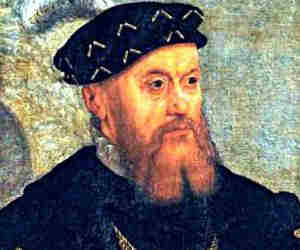
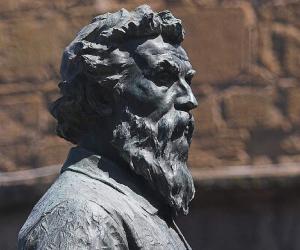
Benvenuto Cellini was a 16th-century Italian goldsmith, sculptor, draftsman, and artist. The multifaceted artist wrote poetry and a famous autobiography as well. An important figure in Mannerism, he is known for creating pieces, such as the Cellini Salt Cellar and Perseus with the Head of Medusa. He was a member of the prestigious Accademia delle Arti del Disegno of Florence.
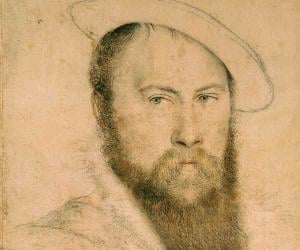
Apart from being a lyric poet who is credited with having written the first English sonnets, Thomas Wyatt was also a seasoned politician and an ambassador who was patronized by Thomas Cromwell. He was also said to have had an affair with Anne Boleyn and was later arrested for it.

Fakhr ad-Dīn ar-Rāzī was a Persian polymath and Islamic scholar. He wrote influential works in the fields of cosmology, astronomy, physics, medicine, chemistry, theology, ontology, literature, history, philosophy, and jurisprudence. A person way ahead of his time, Fakhr ad-Dīn ar-Rāzī was one of the earliest champions of the concept of Multiverse and argued about the actuality of the outer space.
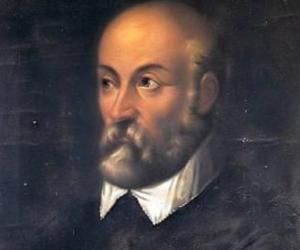
Andrea Palladio was an Italian architect remembered for designing villas, country houses, palaces, and churches. Widely regarded as one of the most influential architects in the history of architecture, Palladio designed 23 buildings in Vicenza and 24 villas in Veneto. Together, they are known as the City of Vicenza and the Palladian Villas of the Veneto as named by UNESCO.
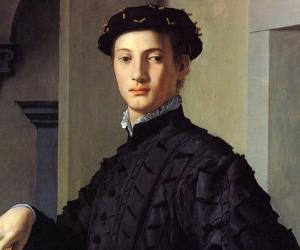

Gwalior-born composer Tansen, also known as Ramtanu Pandey, was an iconic figure of Hindustani classical music. Best known for his dhrupad and raga compositions, he was one of the navratnas, or nine gems, of Mughal emperor Akbar’s court. He also invented a stringed instrument named the rabab.
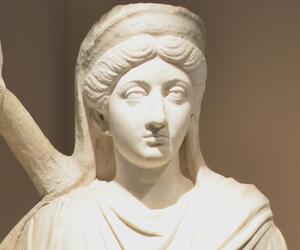
The second-born daughter of Emperor Marcus Aurelius, Lucilla was married off to his father’s co-ruler, Lucius Verus, who was twice his age. After both Verus and Aurelius died, Commodus, Lucilla’s brother, came to power. Though Lucilla was politically conscious, she was eventually executed in her early 30s for plotting the murder of Commodus.
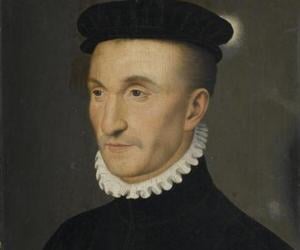
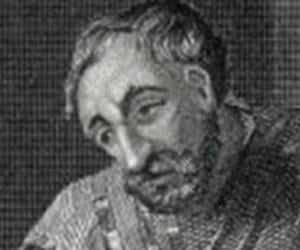
Elizabeth Barton was an English Catholic nun best remembered for her prophecies. Although her prophecies, which were fairly accurate, made her popular, they eventually led to her death. Her prophecy against Henry VIII was deemed fake and she was executed for treason. Barton continues to be revered by churches like the Anglican Catholic Church.
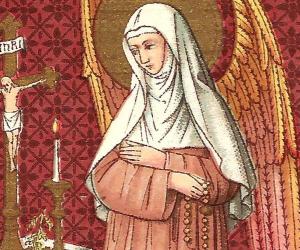
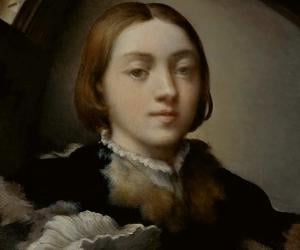

Michael Servetus was a Spanish physician, Renaissance humanist, cartographer, and theologian. In 1553, he published a book titled Christianismi Restitutio in which he described the function of pulmonary circulation, becoming the first European to describe it accurately. A polymath, Michael Servetus was well-versed in many fields, such as mathematics, geography, meteorology, astronomy, human anatomy, pharmacology, medicine, poetry, jurisprudence, and translation.
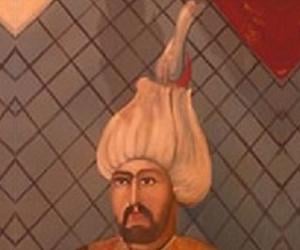
Ottoman grand vizier Sokollu Mehmed Pasha led the Ottoman army to a loss in the Battle of Lepanto but eventually acquired Cyprus from the Venetian forces. A tough military leader, he held the post of governor-general. Following the death of sultan Selim II, he faced hostility and was eventually assassinated.
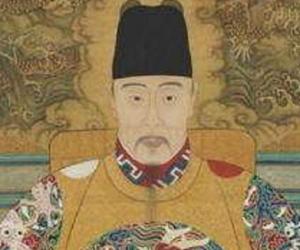
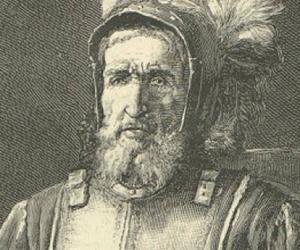
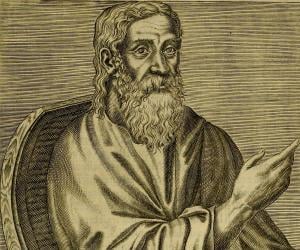
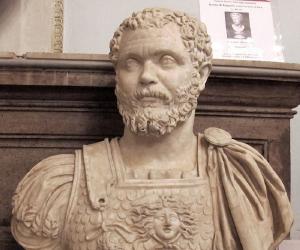
Isabella of Portugal was Holy Roman Empress and Queen consort of Italy by her marriage to Emperor Charles V. She also served as the Queen consort of Spain, Queen of the Romans, and Lady of the Netherlands from 1526 to 1539. Due to Emperor Charles V's constant travels, she was the regent of Spain and under her regency Spain was quite prosperous .
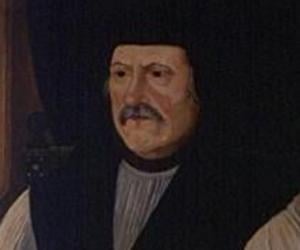
Anglican archbishop of Canterbury Matthew Parker had faced hostility under Roman Catholic queen Mary I’s reign but got his privileges back when Elizabeth I came to power. Among his many works was his own translation of the Bible. He had also been the vice chancellor of the University of Cambridge.
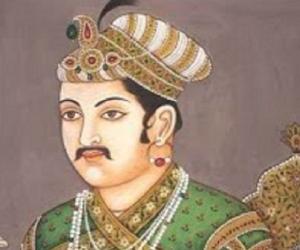
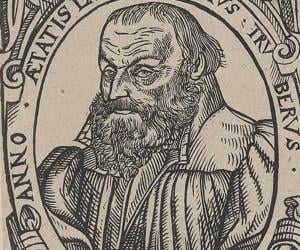
Slovenia’s first book, Catechismus, was said to be authored by Primož Trubar. The Protestant reformer from Rašica also founded the Protestant Church of the Duchy of Carniola. He had also written in German and was the first translator of parts of the Bible into Slovene.
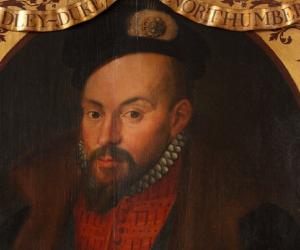
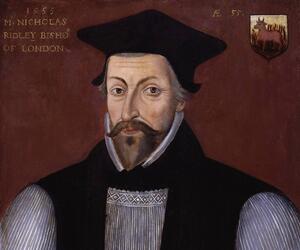
English Protestant martyr and bishop Nicholas Ridley had an illustrious career as a scholar at Cambridge. Named a master of Pembroke Hall, he converted Cambridge into a Reformist seminary for Protestantism. He ended up being accused of heresy and was burned at the stake at Oxford, thus becoming one of the Oxford Martyrs.
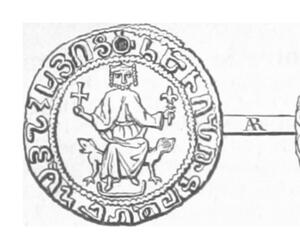
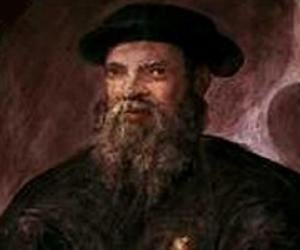
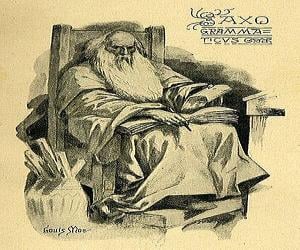
Saxo Grammaticus was a Danish theologian, historian, and author. He is credited with authoring the first full history of Denmark, Gesta Danorum. The book houses the legend of Amleth, which inspired William Shakespeare's famous story, The Tragedy of Hamlet, Prince of Denmark.
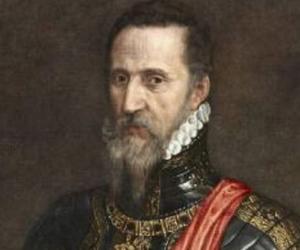
An adviser of King Charles I and, Philip II of Spain, Fernando Álvarez de Toledo, 3rd Duke of Alba was a Spanish general and diplomat. A master of logistics, he had an unshakable self-confidence, which helped him to sail through most adverse situations. Notable for his conquest of Portugal, he is also remembered for his tyranny as the governor-general of Netherlands.
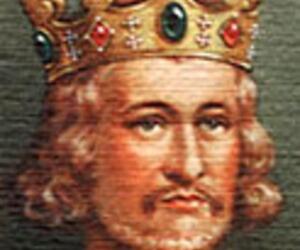
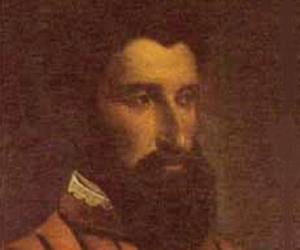
Legend has it that Gonzalo Jiménez de Quesada had inspired the character Don Quixote penned by Cervantes. Initially a lawyer, Quesada later gained fame as a Spanish conquistador and explored parts Colombia, then known as New Granada. He also made unsuccessful voyages in search of El Dorado.
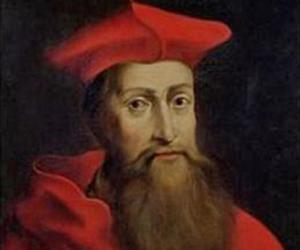
Roman Catholic cardinal Reginald Pole had been the archbishop of Canterbury. Half of his education expenses was covered by fellowships from King Henry VII. A prominent member of the government under Mary Tudor, he re-established many monasteries and also let the burnings of Protestants continue.
Renaissance composer Jacques Arcadelt, one of the most significant figures of the Franco-Netherlandish school, is best remembered for his madrigals and his secular compositions. He was influenced by a variety of music, such as frottola and the music he heard as a choir member of the Sistine Chapel.
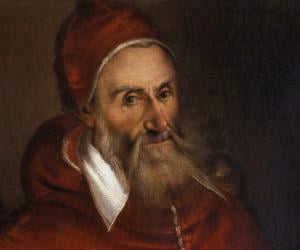
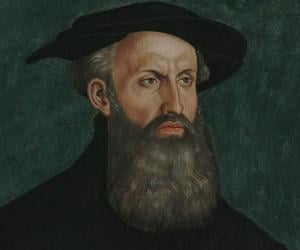
Swiss reformer Heinrich Bullinger is remembered for his role in the spread of Zwinglianism, or the teachings of reformer Huldrych Zwingli. He later succeeded Zwingli in Zurich. He also played a major role in the First and Second Helvetic Confession and in bringing about the Reformed tradition.
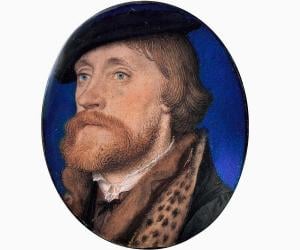
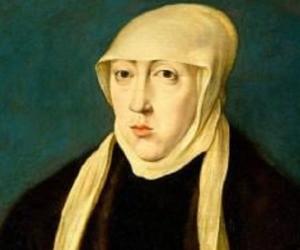
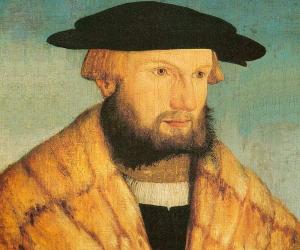
Sixteenth-century German physician and botanist Leonhart Fuchs is best known for his extensive research on the medicinal properties of plants and herbs. His work Historia Stirpium is an invaluable treatise on the history of plants. The plant Fuchsia found in the Caribbean was named in his honor.
